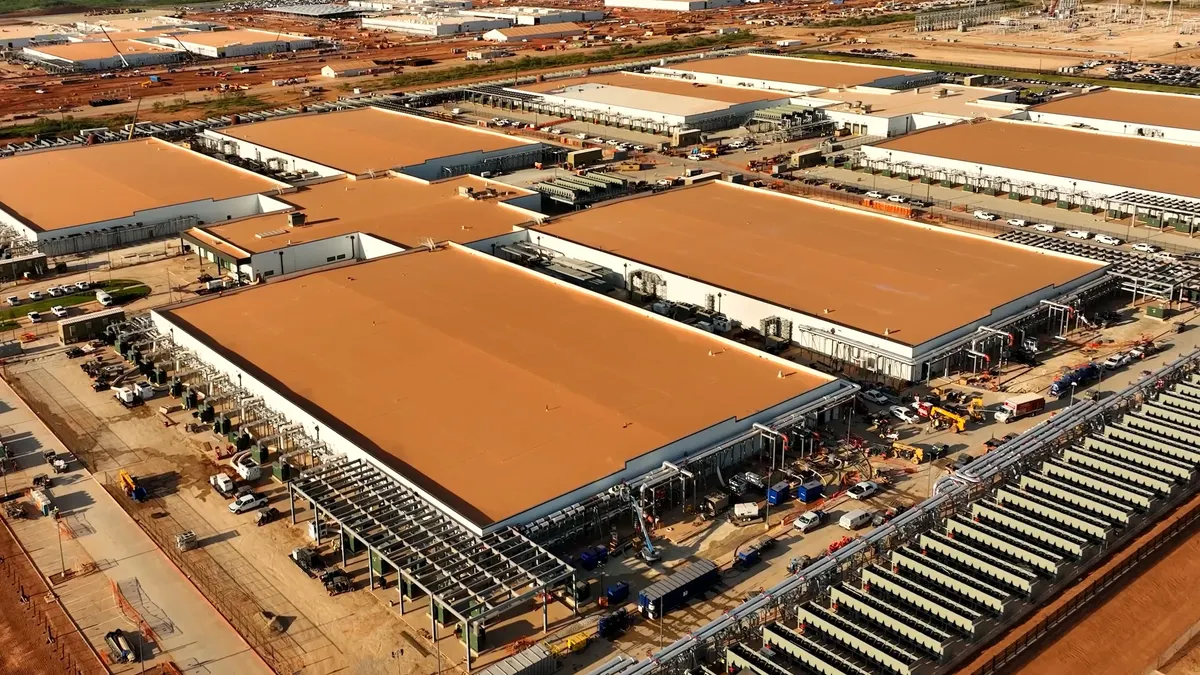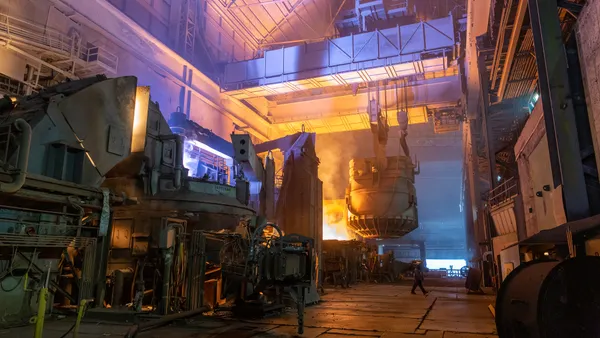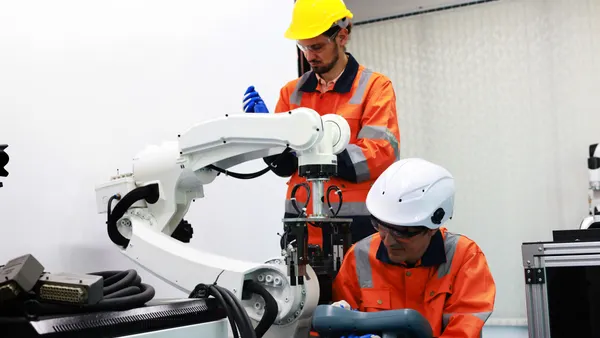Site supervisors are tasked with staying on top of multiple projects and jobsites with a mix of equipment, vehicles, and workers to deploy and optimize on a daily basis. Without the right information in front of them, it’s impossible to make informed and strategic decisions — which can negatively impact timelines and budgets.
Construction Leaders Benefit from Better Data
Between equipment, vehicles, and the already implemented software management tools used across a construction business, site managers are often sitting on a pile of valuable information. In many cases, however, they aren’t aware of how much data they have access to and how it can help them. Machine data is a perfect example of an underutilized resource for maximizing productivity with a strategic data approach.
Key Components of a Strategic Data Approach
1 - Quality
Productivity insights can only be as strong as the data they originate from, which means collecting quality data is key to harnessing your systems’ intel across your business. This starts with getting better data from machines working directly on the jobsite. Having reliable data means you can interpret and translate information coming in from any type of survey taken on the jobsite. This connection translates to real-time updates from people and equipment working directly in the field.
2 - Implementation
Now that you have better data, the next key component is workable implementation of that information. For data to be useful to your business, it needs to translate across your workflows through each construction phase. As an example, when jobsite activity is accurately recorded and monitored, that data becomes a historical record that is used to track what has been completed and what has not. This kind of visibility gives site supervisors easy access to insights like daily quantity calculations as well as higher-level production metrics like progress versus site design.
3 - Execution
Finally, in order for data to be truly valuable to your business, it needs to be actionable. When jobsite productivity and progress is tracked in real-time and mapped out by location and by machine, this puts the site supervisor in control to make better decisions and feel confident in the status and progress of multiple projects at one time.
Should you implement a 3D productivity tool?
While many construction leaders understand the benefits of technology to help them manage productivity they struggle with concerns over how hard it will be to implement this technology and how long it will take. This is a valid concern with any new system or software you take onboard.
3 Questions to ask When Considering an Operations Management Solution
1 - What’s the potential productivity payoff?
One of the most important benefits of an operations management tool is the visibility and actionable insights it can provide. A productivity dashboard that gives a real-time work vs. plan status can bridge the gap between the office and the field. This remote visibility means the site supervisor doesn’t have to travel between multiple sites and machines, and can make working hours as productive as possible. They can respond quickly to keep the job on track safe in the knowledge that the information they have is up-to-date.
2 - What does implementation and day-to-day use look like?
You should expect an easy and intuitive implementation when considering an operations management solution, as well as the ability to integrate with your other key systems. WorksOS, as an example, integrates with solutions like Trimble Business Center to provide reference information and a full picture of what needs to be done. Additionally, access to the information you need every day should only require a couple of clicks, productivity monitoring solutions, like WorksOS, were designed to easily report the data you need on a daily basis.
3 - Can this significantly improve my bottom line?
When you send an invoice, you want to make sure it isn’t challenged. Trimble construction software management tools for operations management measure both volumes and intelligent compactions, the number of passes can be captured at any point and sent along with an invoice. Having full transparency makes invoicing much easier because work is accurately documented, resulting in contractors getting paid more quickly.
One Central Tool Unlocks Control of Multiple Projects and Jobsites
With all of the competing projects and priorities site supervisors have to manage, taking on the implementation of a new operations management solution can seem overwhelming. However, the reality is that if the business need is there, the implementation process will be well worth it when you’re getting paid faster, completing jobs ahead of schedule, and feeling in-control of your entire operation.










